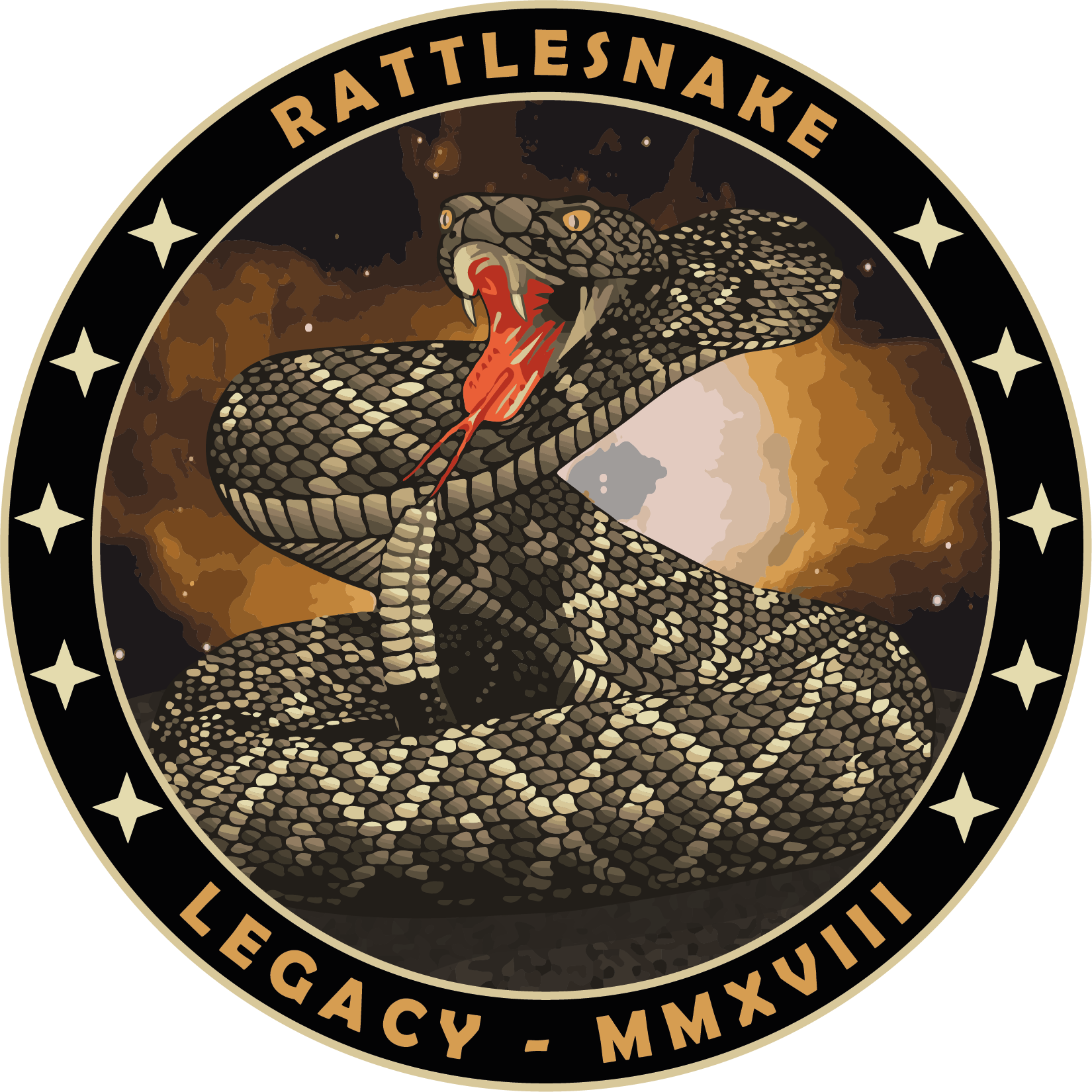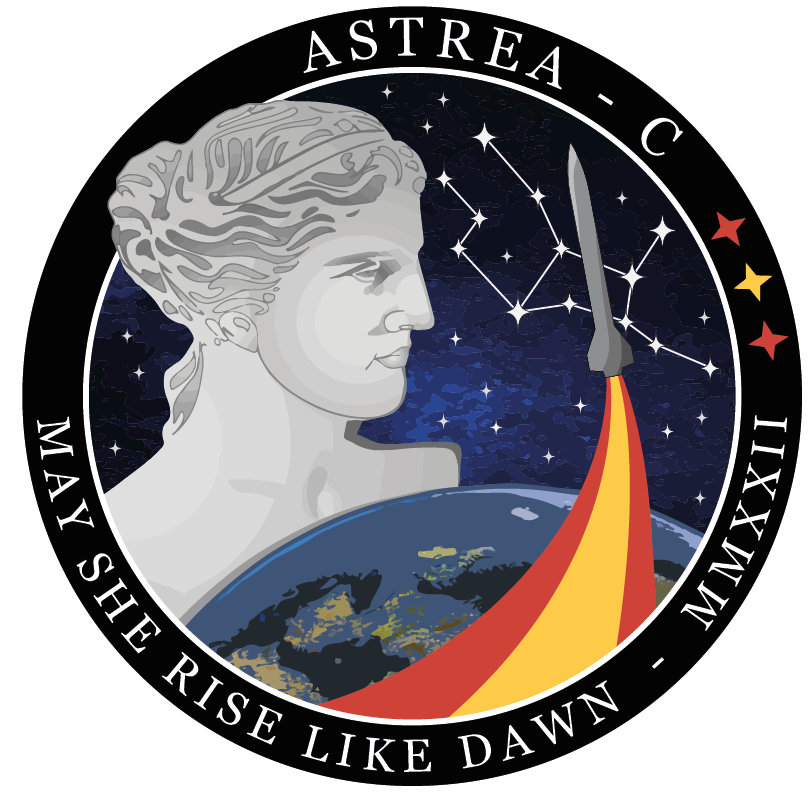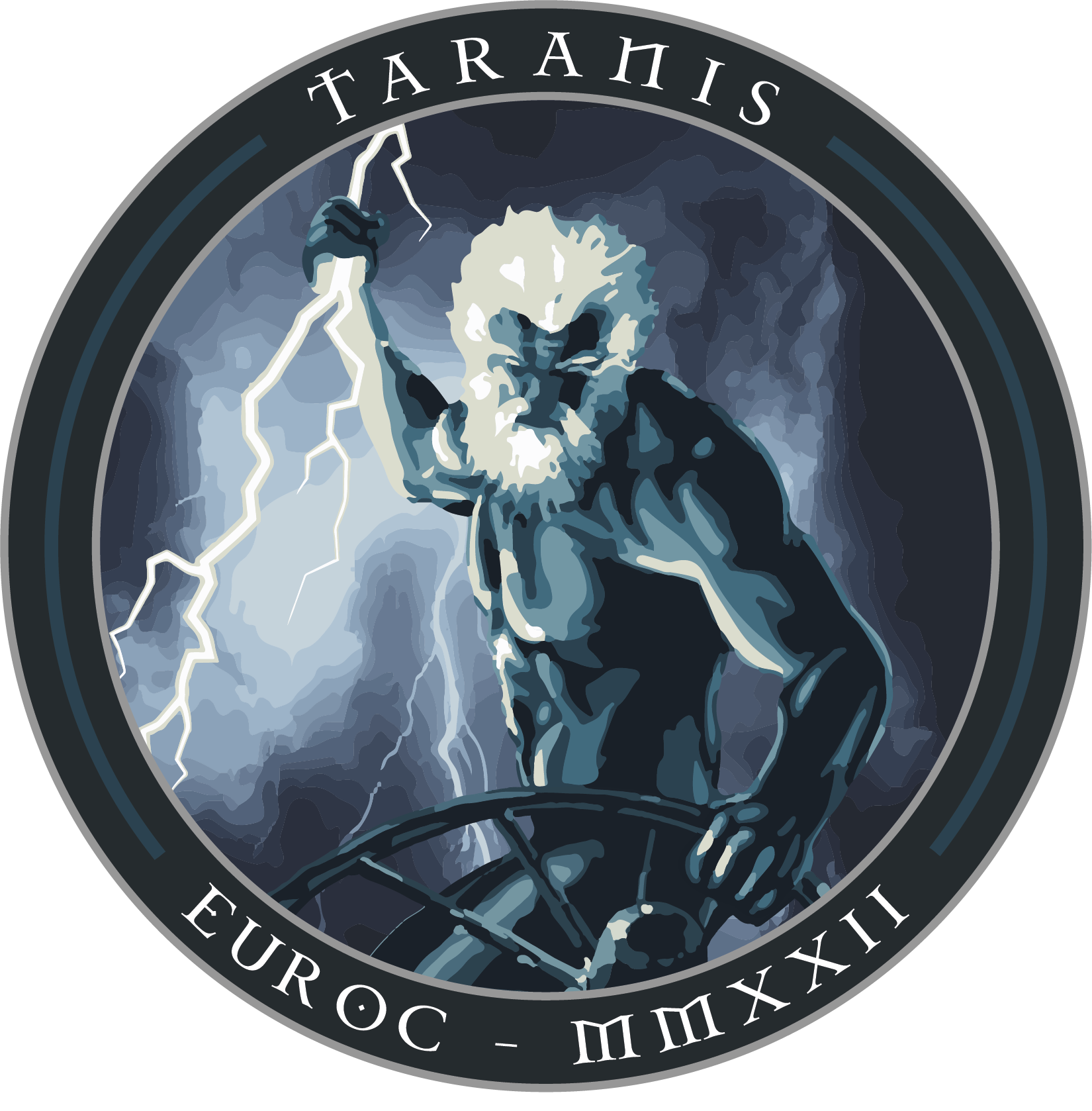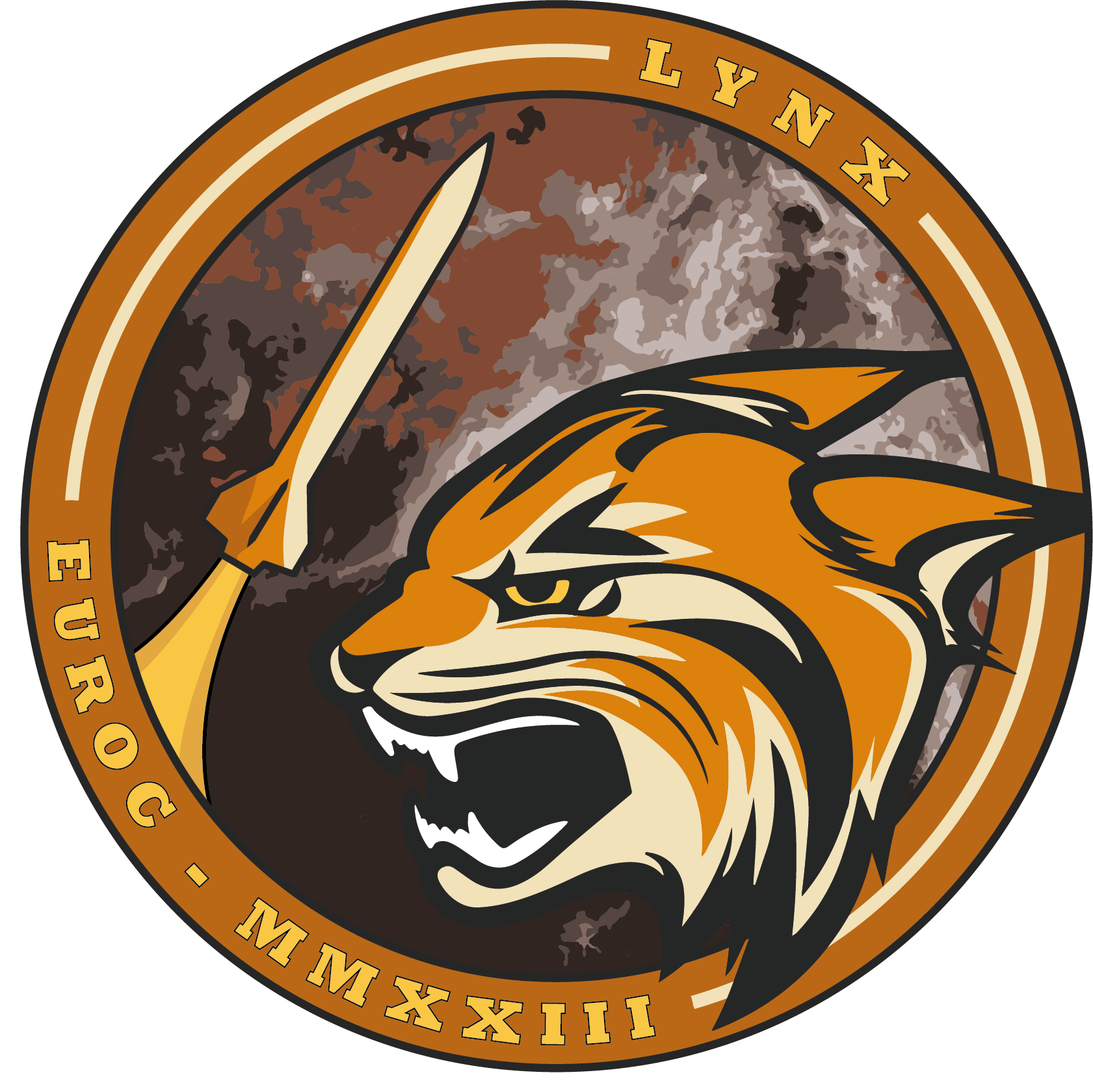Taranis was our project for EuRoC’22. It was a single stage, solid fuel, COTS-motor rocket with a target apogee of 9km which we launched in Portugal in October of 2022.
With approximately three meters in length, the entirety of the fuselage was built in fiberglass and manufactured in-house by our own team. It featured a dual deployment recovery system and carried a total of three custom payloads, one of them deployable. These payloads, with CanSat form factor, allowed us to perform on-board experiments such as obtaining
flight data with several IMUs for post-processing purposes.
The use of an umbilical cable system allowed us to communicate between the Ground Control Station and the on-board avionics, also of in-house design, during the launch preparation phase.
An unfortunate failure of the motor during the early flight stages prevented us from reaching the targeted apogee and ended our mission early, but we used the experience to learn and improve our future projects.



